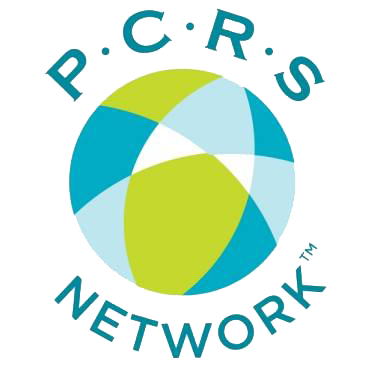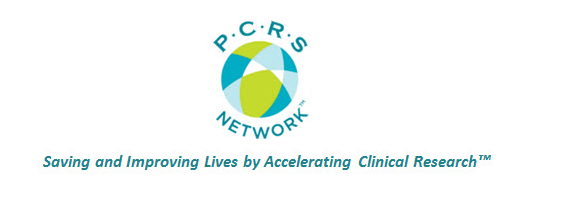Over the last decade the pharmaceutical industry has seen many changes, however, some things have remained the same. Based on statistics about site performance, approximately half of the sites initiated to conduct clinical trials under perform; some never enroll a single subject. This increases sponsor’s costs substantially and contributes to study delays.
Because so many sites fail to perform to minimum expectations, sponsors and their CRO’s have taken a variety of measures to reduce their costs associated with underperforming sites. Some of those measures include reducing the amount that sites are paid for start-up fees, to levels well below the sites actual costs, and reducing per subject study budgets. Compounded by overly conservative application or misinterpretation of the Sunshine Act, the result has not been a decrease in the number of underperforming sites, but instead a steady stream of high quality sites closing their doors due to financial pressures.
While well intended, applying financial pressure to sites as a means of reducing costs and attempting to improve overall study performance simply misses the point. Rather than focusing on the site budgets, sponsors should focus on the root cause of underperformance which, ironically, are often the low budgets provided to sites.
The solution to the underperformance dilemma lies in a novel model that focuses on a combination of improving processes and optimizing the return on investment in clinical trials. The new model, developed by John Neal, CEO of PCRS Network TM focuses on minimizing the Average Completed Cost per Evaluable Study Subject (ACCESS TM) by emphasizing quality and productivity.
ACCESS provides a metric that gets to the root of the performance problem. The key metric of ACCESS is the total cost to conduct the study divided by the total number of evaluable subjects.
This approach requires rejecting the assumption that having a high percentage of underperforming sites is inevitable. Instead, it requires critical evaluation of the site selection process, which falls woefully short of identifying the root causes for selection of sites that ultimately do not perform. It requires deeper understanding of sites capabilities and use of objective metrics of quality and productivity.
When the ACCESS model is applied, the number of sites needed to complete a study is dramatically reduced. As a result, the sites selected can be fairly compensated for their true start-up costs as well as their per subject budgets. While the per subject budget paid to the sites actually increases under this model, the ACCESS cost is reduced. To understand how this happens, you must look at some of the factors that contribute to the cost of completing a study under the current model.
Depending on the source, estimates range from between $25,000 to $50,000 per initiated site to pay for all of the costs that lead up to the initiation of sites. That number does not include the additional costs of monitoring each site and the resulting cost per initiated site incurred just to meet the minimum requirements. Estimates of the minimum monthly cost per initiated site ranges from $1,500 to $3,000 per site, so non-performing and underperforming sites add a tremendous amount of cost to a study.
Using an example study that would initiate one hundred sites under the current model, applying the ACCESS model, a sponsor could expect to initiate only fifty to sixty sites. If the total number of sites can be decreased by forty, the initial savings would be between $1,000,000 to $2,000,000. If the study only lasted twelve months, then the reduction of the minimum ongoing costs would be between $720,000 and $1,440,000.
With those savings, each performing site could be compensated an additional $34,000 to $68,000 without increasing sponsor costs. The real savings comes from a shorter time to Last Patient, Last Visit with higher quality, evaluable data and fewer problems inherent to under-performing sites. Every additional day it takes to get a drug through clinical trials and approved costs well over $1,000,000 in lost sales. Cutting even a few days results in enormous contributions to the bottom line.
Since most studies drag out for months beyond the targeted completion date, adopting the ACCESS model could increase sponsor’s profits by millions of dollars annually, while dramatically improving site relations.
To continue this discussion or to learn how ACCESS can help increase your profits, please contact us.
ACCESS is a Trademark of PCRS Network.
Copyright © 2014, PCRS Network. ALL RIGHTS RESERVED WORLDWIDE.

